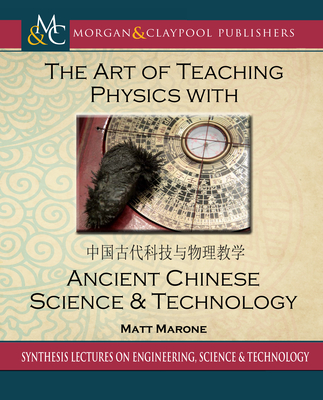Computational Materials Engineering: Achieving High Accuracy and Efficiency in Metals Processing Simulations(Hardcover)
暫譯: 計算材料工程:實現金屬加工模擬的高精度與高效率(精裝版)
Maciej Pietrzyk Ph.D., Lukasz Madej Ph.D., Lukasz Rauch Ph.D., Danuta Szeliga Ph.D.
- 出版商: Butterworth-Heineman
- 出版日期: 2015-07-13
- 售價: $6,150
- 貴賓價: 9.5 折 $5,843
- 語言: 英文
- 頁數: 376
- 裝訂: Hardcover
- ISBN: 0124167071
- ISBN-13: 9780124167070
海外代購書籍(需單獨結帳)
相關主題
商品描述
Computational Materials Engineering: Achieving High Accuracy and Efficiency in Metals Processing Simulations describes the most common computer modeling and simulation techniques used in metals processing, from so-called "fast" models to more advanced multiscale models, also evaluating possible methods for improving computational accuracy and efficiency.
Beginning with a discussion of conventional fast models like internal variable models for flow stress and microstructure evolution, the book moves on to advanced multiscale models, such as the CAFÉ method, which give insights into the phenomena occurring in materials in lower dimensional scales.
The book then delves into the various methods that have been developed to deal with problems, including long computing times, lack of proof of the uniqueness of the solution, difficulties with convergence of numerical procedures, local minima in the objective function, and ill-posed problems. It then concludes with suggestions on how to improve accuracy and efficiency in computational materials modeling, and a best practices guide for selecting the best model for a particular application.
- Presents the numerical approaches for high-accuracy calculations
- Provides researchers with essential information on the methods capable of exact representation of microstructure morphology
- Helpful to those working on model classification, computing costs, heterogeneous hardware, modeling efficiency, numerical algorithms, metamodeling, sensitivity analysis, inverse method, clusters, heterogeneous architectures, grid environments, finite element, flow stress, internal variable method, microstructure evolution, and more
- Discusses several techniques to overcome modeling and simulation limitations, including distributed computing methods, (hyper) reduced-order-modeling techniques, regularization, statistical representation of material microstructure, and the Gaussian process
- Covers both software and hardware capabilities in the area of improved computer efficiency and reduction of computing time
商品描述(中文翻譯)
《計算材料工程:在金屬加工模擬中實現高精度和高效率》描述了在金屬加工中使用的最常見的計算機建模和模擬技術,從所謂的「快速」模型到更先進的多尺度模型,並評估了提高計算精度和效率的可能方法。
本書首先討論了傳統的快速模型,如流變應力和微觀結構演變的內部變量模型,然後轉向先進的多尺度模型,例如CAFÉ方法,這些模型提供了對材料在較低維度尺度上發生現象的深入了解。
接著,本書深入探討了為解決各種問題而開發的各種方法,包括長時間的計算、缺乏解的唯一性證明、數值程序收斂的困難、目標函數中的局部最小值以及不適定問題。最後,書中提出了改善計算材料建模的精度和效率的建議,以及選擇特定應用最佳模型的最佳實踐指南。
- 提供高精度計算的數值方法
- 為研究人員提供能夠精確表示微觀結構形態的方法的基本信息
- 對於從事模型分類、計算成本、異構硬體、建模效率、數值算法、元建模、靈敏度分析、反演方法、聚類、異構架構、網格環境、有限元素、流變應力、內部變量方法、微觀結構演變等工作的專業人士非常有幫助
- 討論了克服建模和模擬限制的幾種技術,包括分佈式計算方法、(超)降階建模技術、正則化、材料微觀結構的統計表示以及高斯過程
- 涵蓋了在提高計算機效率和減少計算時間方面的軟體和硬體能力































